Two weeks ago, when we last reviewed an episode, I was hoping that this week would be the third week in a row of solid and accurate economics from the good people at Crash Course. Episode 18 talked about the rather non-controversial topic of principles of microeconomics, and episode 19 chopped down common arguments against what is commonly referred to as “price gouging” and “predatory pricing”. Will they continue their streak in episode 20?
The answer is sort of, but not really. In this episode, Crash Course starts strong by railing against government-imposed price ceilings and floors (including rent control), but gets a little weak when talking about the use of subsidies. Let’s get started:
Price Controls
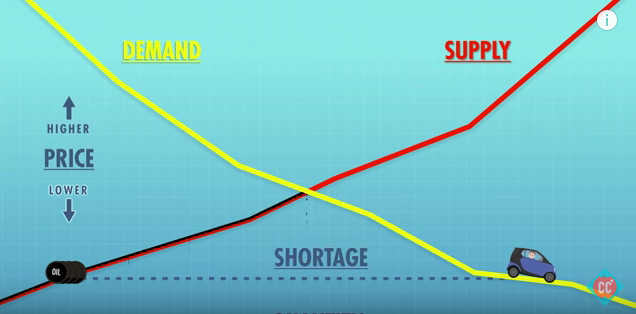
Let’s say the government forced gas stations to charge a dollar per gallon for gas. This might seem like a good idea, right? Mandated lower gas prices mean we all benefit. Not really. Society is actually made worse off. When the gas prices fall consumers will want to buy more, but producers will no longer find it profitable to sell gas. The lower price will decrease the amount of gasoline produced, and we’ve got a shortage.
This relates to last week’s point on price gouging. When the market price of a good is above what people are allowed to sell it for, sellers are not incentivized to increase their supply, and this results in a shortage. If you’ve been following what’s happening in Venezuela, you’ll see that price controls results in long lines for essential goods (including toilet paper).
Crash Course makes a similar argument against price floors:
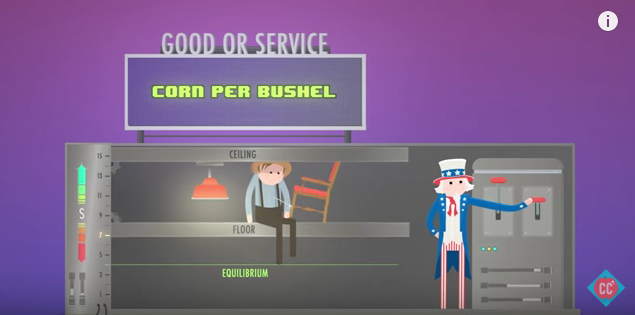
Assume the government set a price floor for a bushel of corn at $7 when the actual equilibrium price is $4. The higher price would give farmers an incentive to produce more, but, at that high price, consumers would go buy substitutes […] The farmers wouldn’t necessarily be better off. They could sell corn at the higher price, but they wouldn’t have as many customers.
High prices naturally make fewer people buy a good. And fortunately, since consumers are not forced to buy any good (well, almost any good), they are more likely to take their money elsewhere, giving the sellers fewer customers and making them worse off overall.
Crash Course targets a specific type of price control popular in many urban areas, rent control:
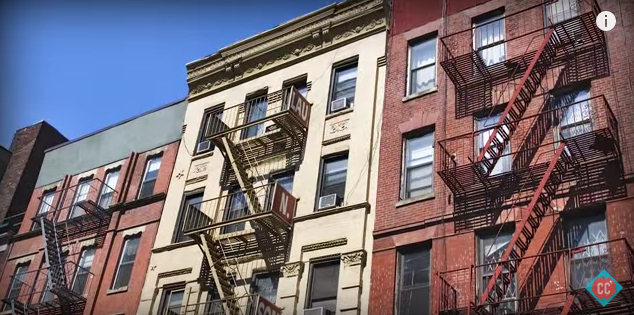
The lower rent discourages renovation and new construction, reducing the quantity supplied. The result is a shortage of apartments with landlords that have few incentives to maintain their buildings or be responsive to their tenant’s needs.
If you’ve ever tried to look for an apartment in a big city like New York or San Francisco, you’ll notice that prices are ridiculously expensive. And for that expensive price, you receive a not-that-great apartment. Those fortunate enough to live an a rent controlled building become very discouraged from leaving, since they would have to pay the market rate if they moved apartments. Meanwhile, everyone not in a rent control building is subjected to high prices, low supply, and poor living conditions.
Note: At the end, Crash Course mentions that the economic rules of price controls do not apply to the minimum wage, which they promise they will get to in a later episode. We’re looking forward to that.
Subsidies
Crash Course comes out in favor of subsidies in an argument summed up perfectly in the last line of the episode:
Sometimes, markets fail. And that’s when the government needs to step in.
Let’s get into the real meat of their argument:
Crash Course briefly touches on the common arguments for and against subsidies. Proponents argue that subsidies help the producers by giving them free money, and they help the consumers because the subsidies also make the goods cheaper. Opponents argue that there are unintended consequences from taking money from consumers and giving it to producers (remember the broken window fallacy?) and farmers are not encouraged to improve their businesses through market forces.
At this point, it seems that Crash Course is undecided as to if subsidies are good or bad, and then this happens:
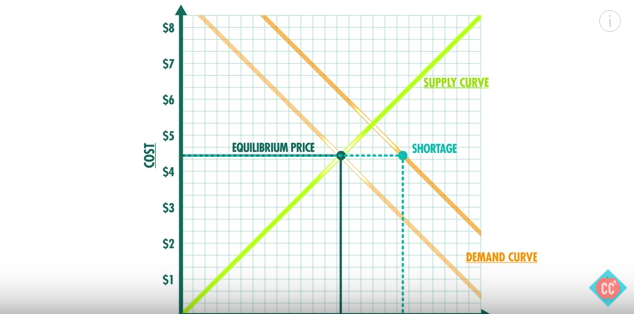
A market’s going to produce the equilibrium quantity and, in most cases, that is exactly the amount society wants. But what if the amount society actually wants is much greater? What if there is something special about this product that buyers and sellers aren’t factoring in? In this case, the amount being produced is less than the amount society wants. The result would be deadweight loss, the inefficiency caused by the underproduction of this product. A subsidy would make society better off and improve efficiency.
In other words, what if the market doesn’t accurately reflect consumers’ demands and producers’ supply? Then a subsidy would be helpful to move the supply and price to better meet the real consumer demands.
Let’s take a step back to talk about this very specific scenario when a subsidy would benefit society. In this case, the market would have to be wrong, which happens, but it usually corrects itself. So the impact of the subsidy’s would likely have to take place in the short time before the correction.
Second, people in the government would have to notice that the market is not accurately reflecting supply and demand. Now if you can tell how the market is wrong and will correct in the future, you should not be working in government, but instead, trading commodities and making millions, because very few people can accurately predict the market consistently.
Third, you have to write the legislation, pass it through both houses of congress, have it signed by the president, and then have it implemented, all before the market corrects itself. Also, if the subsidy is wrong and either 1) the market accurately reflects supply and demand, or 2) the market is wrong in the reverse (there is an oversupply of the good in the market), the subsidy will certainly do harm to the consumer.
This scenario of all the right things happening correctly and before the market corrects itself is completely preposterous.
But what’s really strange is that Crash Course said the exact opposite about government subsidies in week 4. Does anyone remember this?:
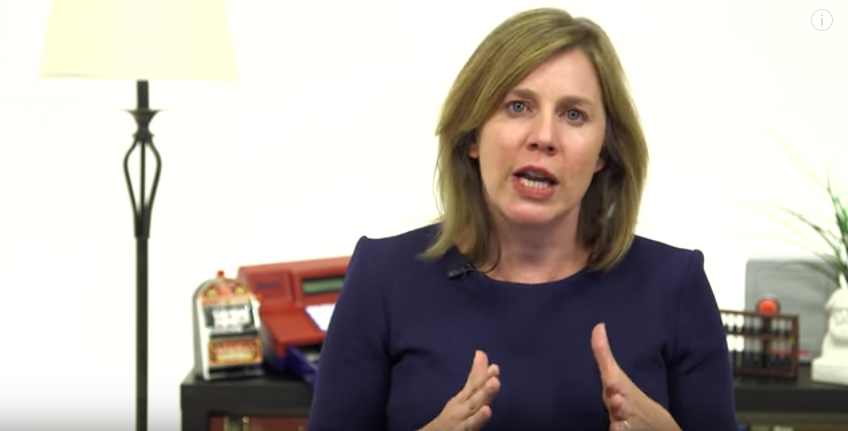
Farmers might go to the government for assistance, but most economists argue there is no reason to bail them out […] If the government helps the farmers by giving them a subsidy, it would be putting resources toward something that society doesn’t value. That would be inefficient.
What happened to that Crash Course?
I really wanted this week to be the hat trick, the 3-peat, the triple crown of online economics lessons. But unfortunately, it was not, and that makes us at Crash Course Criticism a little disappointed. But then again, if Crash Course said everything right all the time, there would be no need for this blog.
Thanks for reading, and you can look forward to a new episode reviewed every Thursday! And don’t forget to join our newsletter and our facebook group, and comment below!